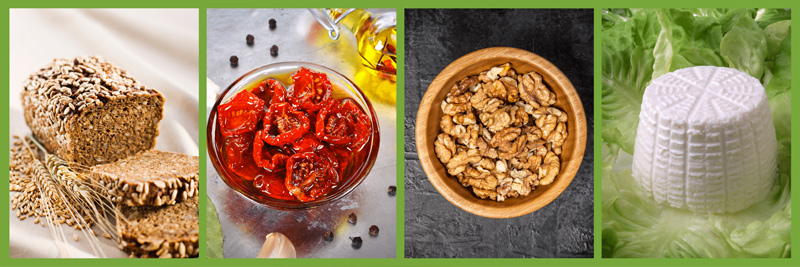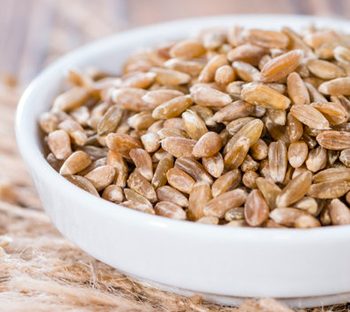
CHILDHOOD OBESITY PREVENTION

CHILDHOOD OBESITY: the role of the environment
According to the latest epidemiological reports of the World Health Organization, in Italy, more than 40% of children aged 6-9 have weight problems: 23% are overweight, 15% obese (class I), 4% obese (class II).
In a previous article we encounter the role of the pregnant woman’s metabolic condition in programming the food behavior of the unborn child. This is the cause of a biological imprint that led the child to develop overweight and obesity during childhood and adolescence.
However, obesity is a multifactorial condition that is determined by the individual’s interaction with an environment, domestic or community, which facilitates bad habits, at the expense of healthier ones.
The obesogenic environment
An environment that favors the development of an obesity condition or that stimulates behaviors that lead to excess weight is defined as obesogenic.
According to this definition, in the cities we live in we can identify various categories of obesogenic external factors: factors that favor SEDENTARITY and factors that approve INCORRECT EATING HABITS.
Food education at school
In the infant and adolescent population, in the midst of its physical and intellectual development, the repercussions of obesogenic factors on health become more acute. Furthermore, in school age the habits that children will carry throughout their life are defined, including food habits. Considering the hours that each child spends in school, this can have a strong influence and be part of the solution, together with families, to modify and/or avert the determinants of obesity.
The school is the ideal place to implement the main educational efforts in terms of prevention. In fact, concern for the health of the child is increasingly widespread, so much so that primary and secondary schools have activated multiple lines of intervention. From the introduction of hours dedicated to nutritional education, to the increase in physical education hours, to the planning of canteen menus in collaboration with nutrition specialists so that the recommended rations and frequencies of daily consumption of macro and micronutrients are respected.
A healthy and balanced back to school
To prevent school from becoming an obesogenic environment, parents can pay attention:
- the hours of physical education and outdoor recreational activities provided;
- activities that encourage travel to/from school walking or by bicycle;
- the type of food available for snacks and in the canteen menus: for example, the prevalence of sugary drinks, industrial sweets, cold cuts and sausages, industrial bread and pizza to the detriment of cereals, legumes, fish, fruit and vegetables;
- the presentation of food: for example, the frequency of fried, mashed and vegetable creams, fish or chicken croquettes;
- the seasonal variability of foods.
3 snack ideas
To start the school year in the best possible way, we give you 3 snack ideas for a snack:
1: whole meal bread with fresh cheese and a spread of dried tomatoes and walnuts

2: chickpea hummus with raw carrot sticks (or other type of raw vegetables: cucumbers, fennel, celery)

3: low-fat yogurt with fruit and dried fruit topping (prefer hazelnuts and walnuts for the fat content – respectively – monounsaturated and omega-3)

References:
[1] World Health Organization (WHO) European Childhood Obesity Surveillance Initiative (COSI); Spinelli A, Buoncristiano M, Kovacs VA, et al. Prevalence of Severe Obesity among Primary School Children in 21 European Countries. Obes Facts. 2019;12(2):244-258. doi:10.1159/000500436
The information provided should in no way replace the direct relationship between health professional and patient.
The food recommendations in the article are not intended as a substitute for a personalized meal plan and are to be adapted to specific cases
- On 1 September 2021



